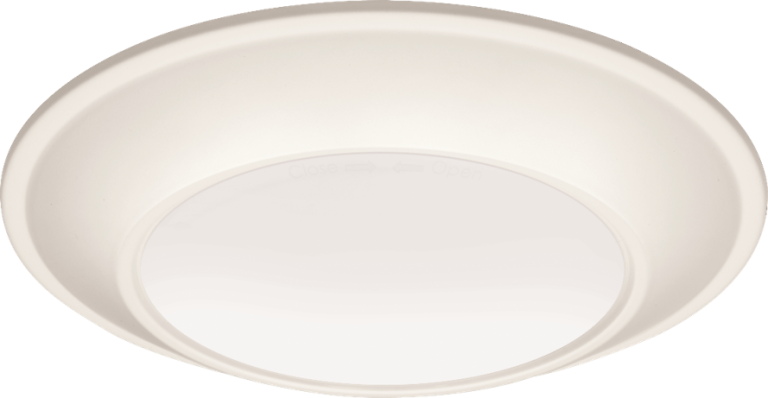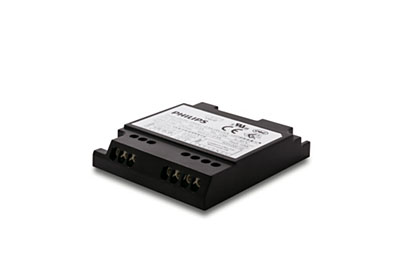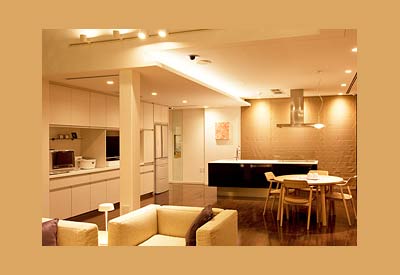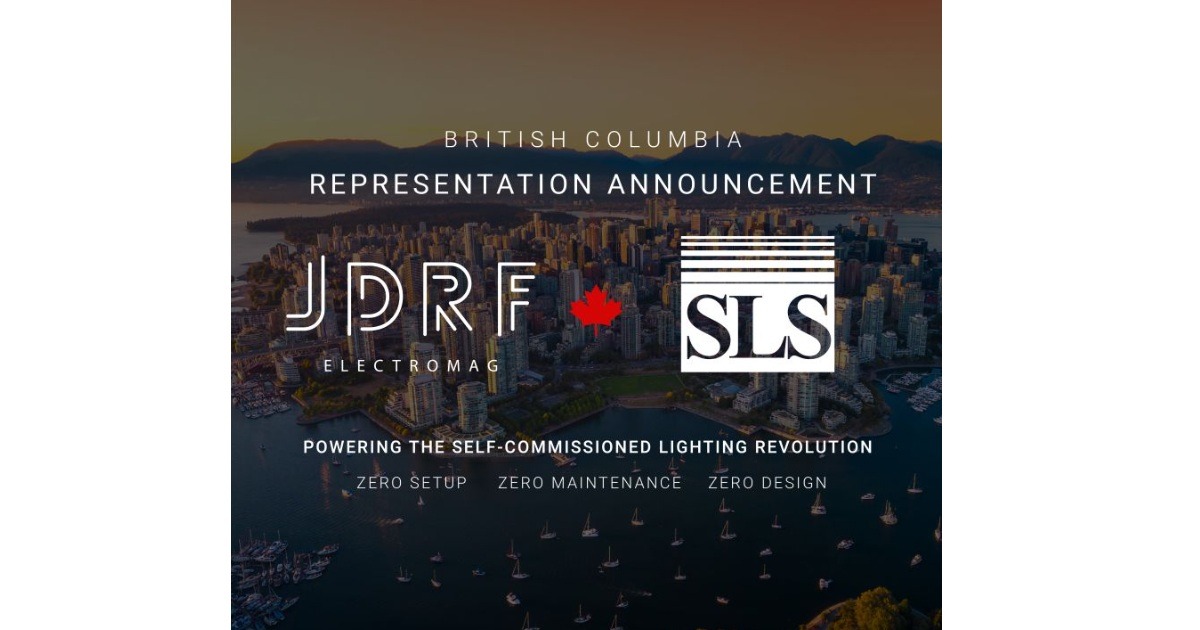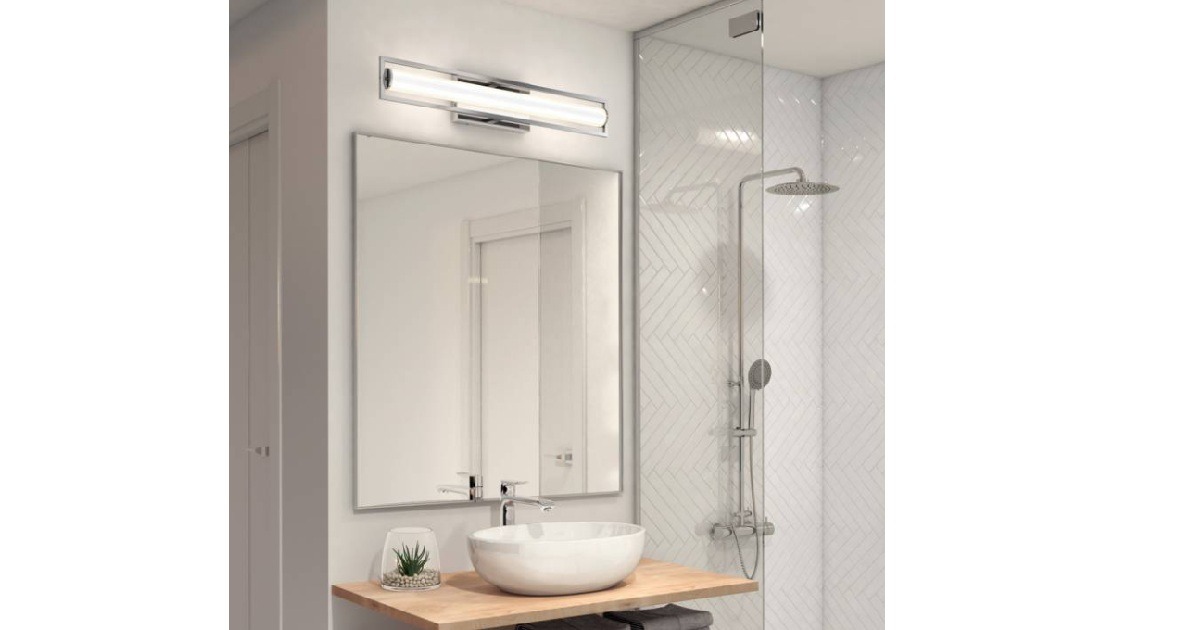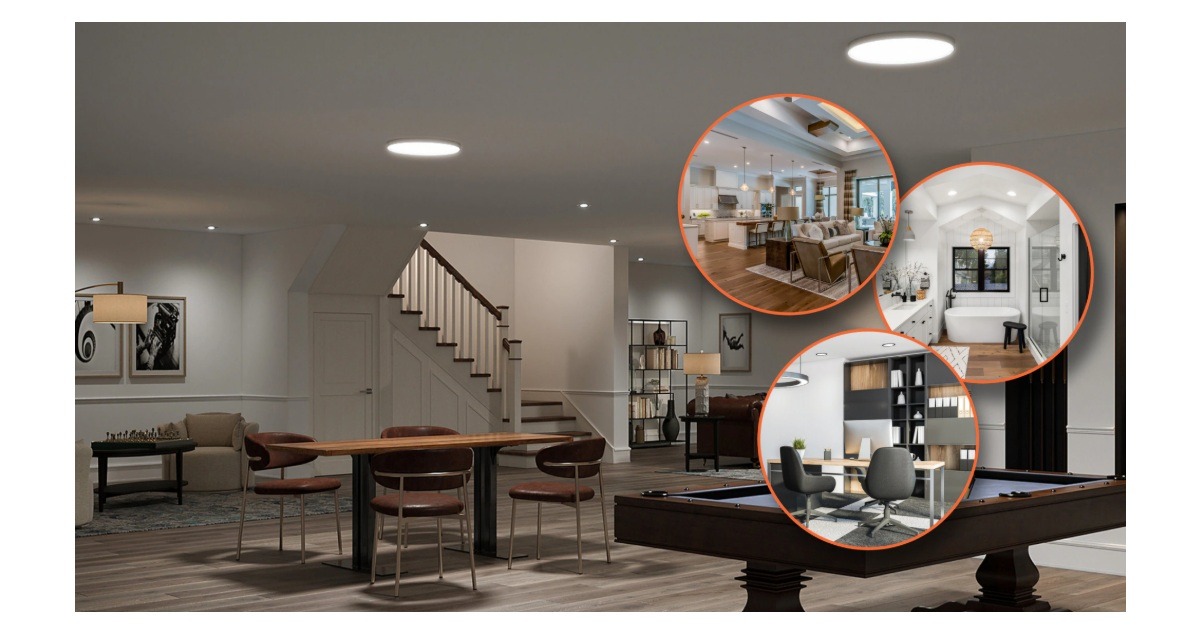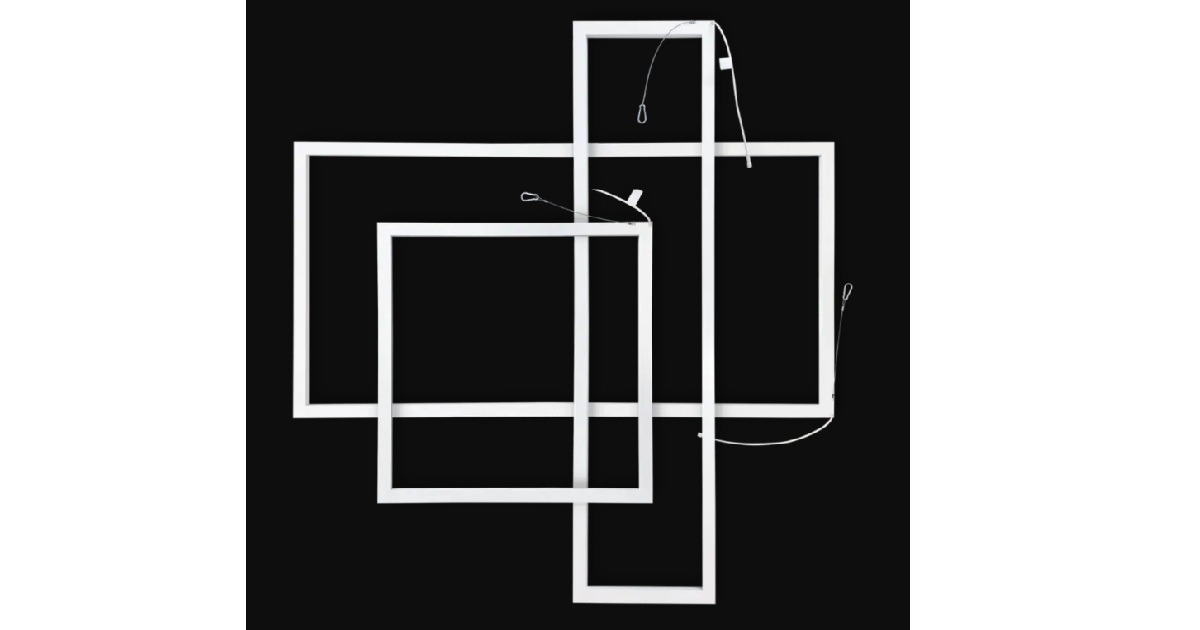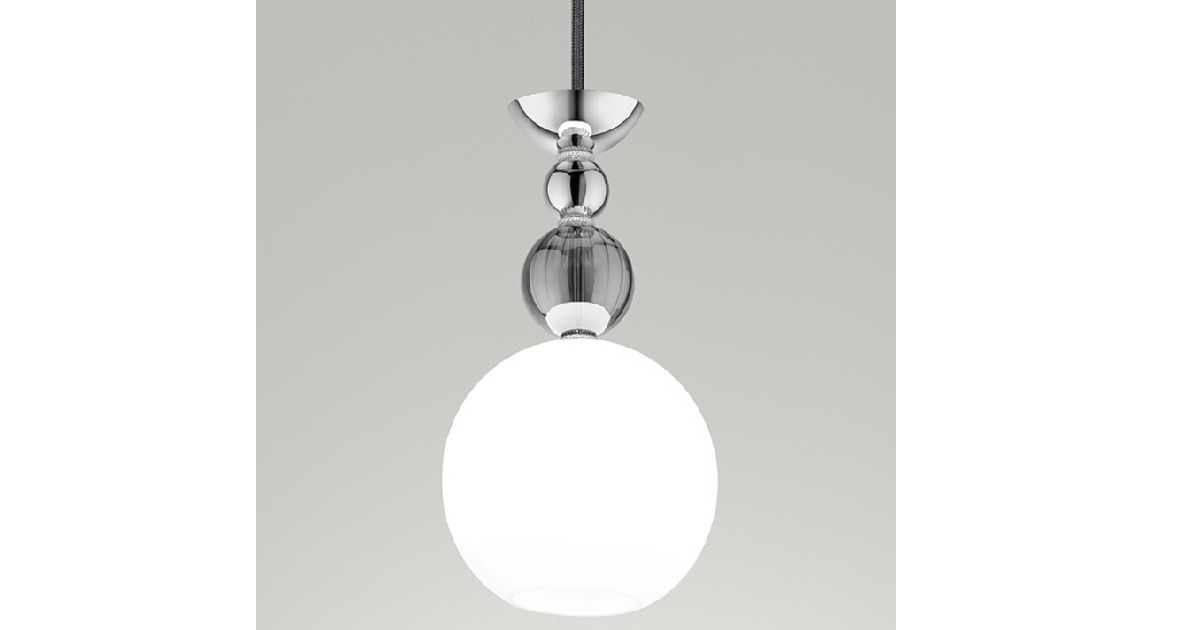Price and Lighting… Changing Competition and Changes for Reps

May 17, 2018
Over the past couple of years two major market forces have been roiling the industry. These changes create opportunity for some, channel challenges for others. The areas are price and LEDs. For years the price elasticity for electrical construction material was relatively narrow, with price elasticity defined as “If a small change in price is accompanied by a large change in quantity demanded, the product is said to be elastic (or responsive to price changes). On the other hand, a product is deemed inelastic if a large change in price is accompanied by a small amount of change in quantity demanded.”
Now, we know that pricing doesn’t typically affect customer demand for electrical materials. However, we have seen wider price variance, especially for construction products (often viewed as commodities) among manufacturers. And we do know that distributors are changing suppliers, or changing what percentage they purchase from a supplier (i.e., no longer being single source or limiting their purchases to “preferred buying / marketing group lists”). The reason: more credible “tier 2 and 3” companies who are sourcing quality product while being easier to do business with than “name brands.” This, coupled with consolidation and analytics, is driving greater price variance and requiring distributors to question manufacturer value propositions.
And for the past five years, lighting has changed. Rather than an 8-letter word, lighting is now a 3-letter word… LED. And it no longer belongs solely to lighting agents. Lighting is sold through multiple channels as well as many different types of rep agencies, and directly via agents, direct salespeople and online.
The article below from Ted Konnerth, President of Egret Consulting, an electrical industry recruitment firm and someone I’ve known for 20+ years… back to when he worked for Cooper Lighting… highlights a number of these changes from his viewpoint… lots of years in the industry, working with lots of lighting manufacturers… established players, up and comers and start-ups.
While the pricing change is within the realm of control of distributors and manufacturers, the rep changes impacting the industry continue to evolve. Ted brings up some interesting questions about the “new” lighting world.
Price Elasticity
One common trend within the electrical industry has remained over the past few decades; competitive pricing tends to fall within a relatively narrow band of variability. Product categories differ, of course; with wire/cable the price fluctuates with the value of copper and aluminum, but all manufacturers are similarly affected, so the overall price is still relatively consistent. When over 80% of your COGS is held in one commodity…pricing can’t vary too widely over a long period of time.
Non-wire pricing
Power distribution equipment also tends to stay within a bandwidth of narrow variability, for basic equipment; transformers, reclosers, rubber goods, etc. But over the past several years, major manufacturers have moved into engineered systems with the inclusion of sensors, data acquisition systems and software solutions, where price has become far more variable. And the margins for engineered systems have similarly improved.
Tools, commodity construction materials and similar basic materials generally have narrow bands of competitive pricing as well. And there is some movement in smart tools and even smart commodities (e.g., sensor-enabled boxes). Many of these products are subject to manufacturer support deals: rebates, terms, marketing group participation, etc.
And then there’s lighting
Since the advent of LED, over 10 years ago and the introduction of smart-enabled systems, pricing is no longer a predictable feature. LED components have been dropping regularly for the past 10 years, as have gross margins within many manufacturers. But in a market that has high price elasticity, there must be winners out there. And the winners are… reps?
Reps
Lighting reps have always had market level pricing authority for project business. When the rep is successful in garnering a strong specification, their package bid on a project is subject to large swings in price elasticity. Look at the changes in the rep market:
- Many reps have expanded their territory… Expanded territory fosters more elasticity in price.
- Line cards. Most reps have expanded their line cards significantly. With the entry of over 700 LED companies into the market over the past 10-12 years, reps have been the target of many hungry manufacturers that have little to no market experience in selling products. The layers of product lines that can enable a rep to package products within a specification or a value engineering project is unprecedented.
- Expansion of products. The recent trend of supply reps adding lighting or buying/merging with full line lighting reps is new to the industry. This affords a potential bargaining and packaging strategy that has never occurred at the rep level: negotiating a complete power/lighting package by one singular rep firm.
- Specialty solutions (meaning increased channels / distribution outlets — CMG). The lighting market has changed, with the entry of lighting specialists in varying alternative approaches. For example:
- datacom providers are adding LED lighting and controls to their proposals
- new LED franchise “distributors” that function as lighting ESCOs
- HVAC and plumbing firms can now offer lighting solutions and integrate smart lighting into their control systems
- security companies
- building automation companies and more are now marketing themselves as lighting providers
With multiple entrants into a lighting market, price becomes unpredictable (and it then begs questions of “Can a lighting / supply rep with lighting lines call on these other markets for their manufacturers? Will they get compensated? Are lighting manufacturers using POS information to compensate their reps? How many channels is a manufacturer selling to or through?” — CMG)
In the late 1900s (as in 1995), lighting was simpler. Every contractor and every distributor knew the price of a 2×4 troffer within 50 cents, same with a recessed can and trim or a basic flood light. Pricing was less variable and provided fewer options for an overage strategy than now. (And nowadays, especially for small projects, contractors are going to Amazon Business to check pricing. The transparency is clearer then ever! — CMG.)
So, is overage more prevalent? Have rep total commissions (i.e., revenues) increased with the increase in price elasticity? I can honestly say I don’t know. But over the next few months, Egret will conduct a professional, confidential rep survey of how the market compares today, with the breadth of technology and multitude of manufacturers versus pre-LED days. With a database of over 1,700 rep firms, we’ll try to see how the rep market has changed from an old formula of 1 person per $1M in product sales and a ratio of 1 indoor support to each outdoor sales person. My suspicion is lighting isn’t the same business it used to be.
And in the power distribution products world, we’ve heard reports of major manufacturers adjusting commissions down to reflect the higher price points of the engineered equipment.
In short, the rep business has changed and as they are the front line of every product sold, it would be interesting to carefully assess how the rep world has changed with the expansion of technology: training, compensation, even how they make calls on customers. In a recent discussion with a rep I learned that they make video conference calls for technical presentations; working from a very sophisticated computer monitor setup that enables them to bring up technical data sheets, schematics, warranty, installation, applications, and more. The rep can do a video conference in far less time than driving to an actual customer.
We would welcome your comments or insights into how the rep market has changed. I believe rep firms are a far more complicated business now than 2006… but stay tuned, we’ll report the findings in the coming months.
Ted published these insights in a recent column.
So, as the other elements of the channel change, the rep community is changing also. Ted’s report should be interesting and coincides with discussions we are having with our rep clients who are asking, “What may my future hold? / thoughts on where I can grow”? Not all reps are focused on a lifestyle business. Many are seeking avenues to grow even if they don’t have the desire to run a far-flung geographic empire. Working on thin gross margins, they are wisely evaluating suppliers to determine their ROI, investing in technology, identifying how to be better marketers and positioning themselves for tomorrow.
And for manufacturers to better compete, embracing feedback from reps can perhaps make for better investment decisions that benefit all.
David Gordon is President of Channel Marketing Group. Channel Marketing Group develops market share and growth strategies for manufacturers and distributors and develops market research. CMG’s specialty is the electrical industry. He also authors an electrical industry blog, www.electricaltrends.com. He can be reached at 919-488-8635 or dgordon@channelmkt.com.

